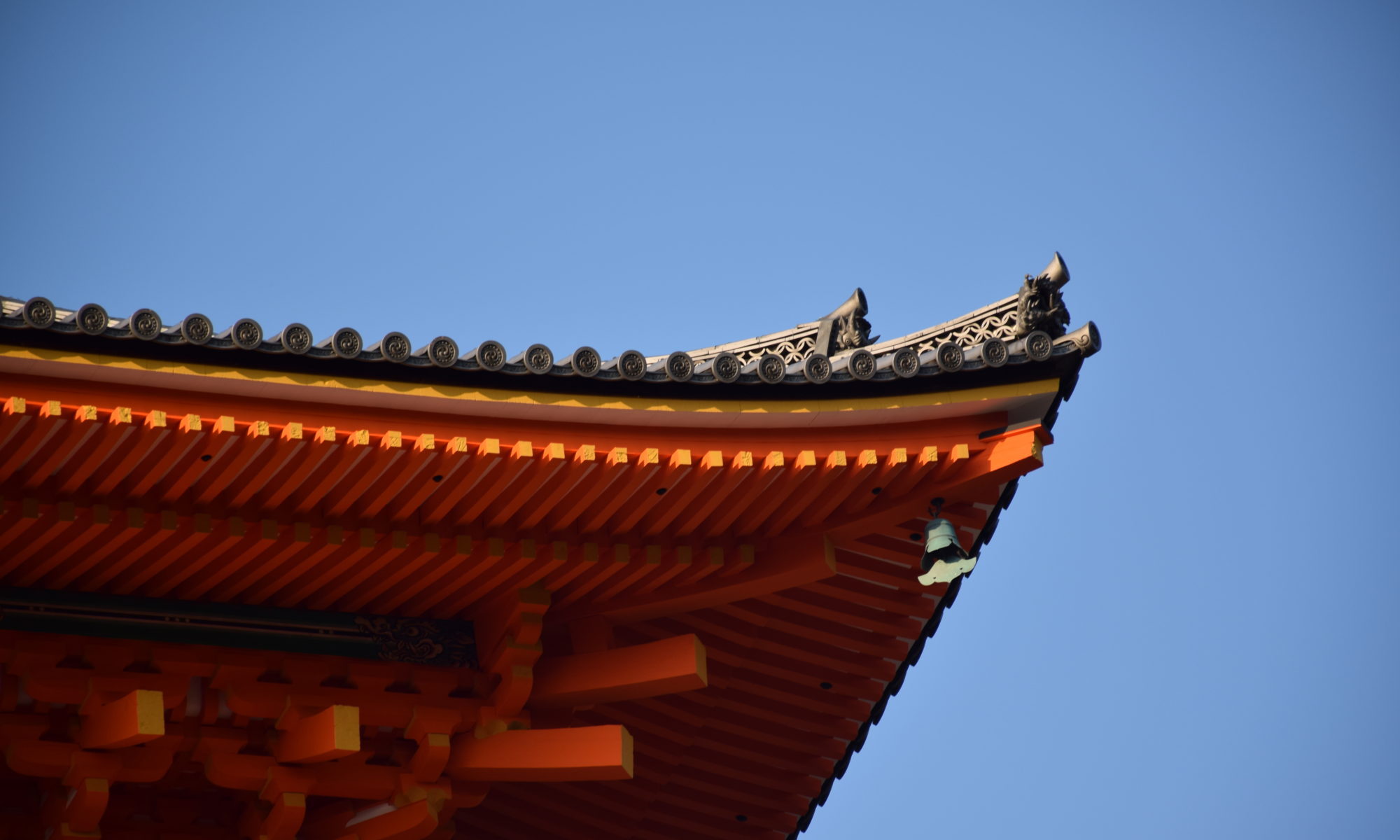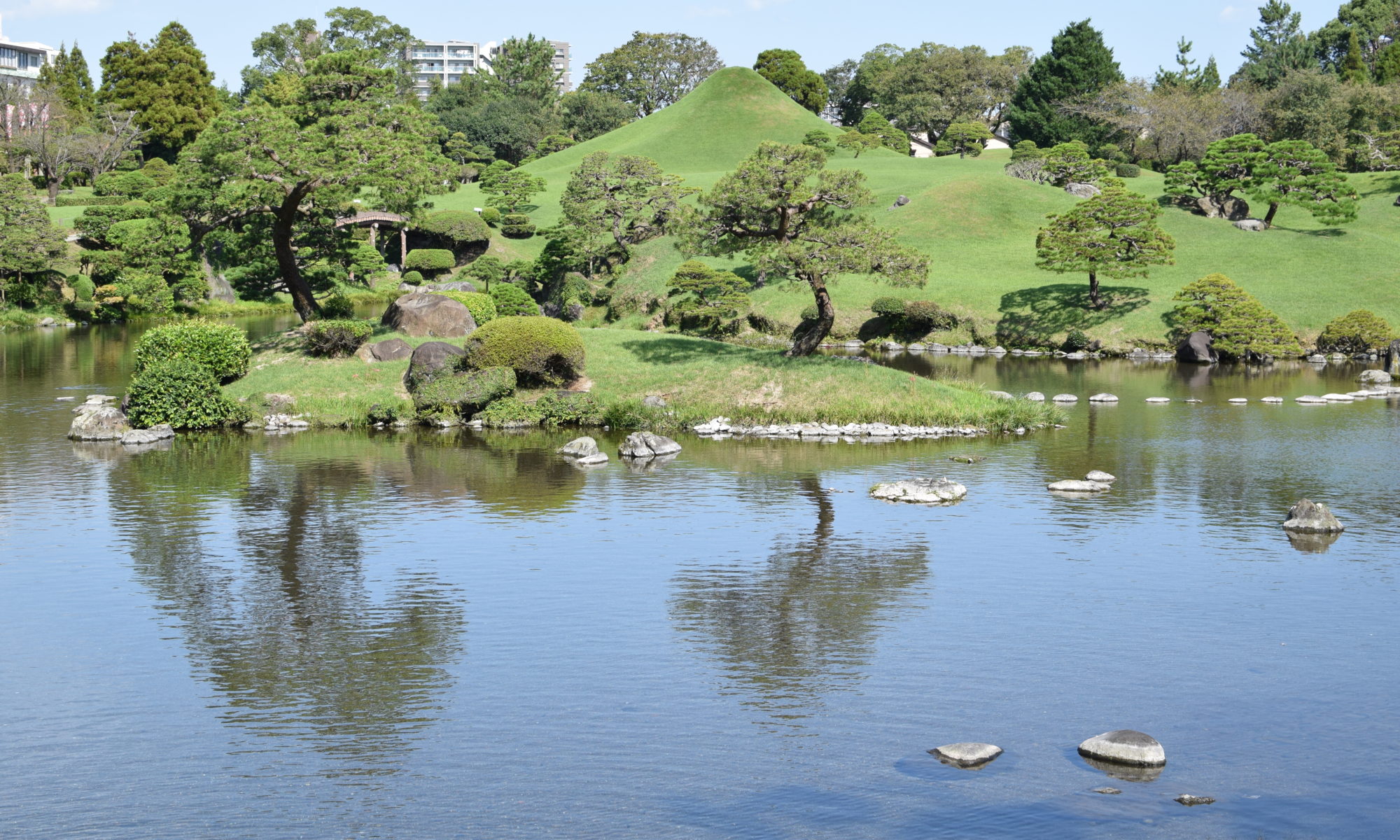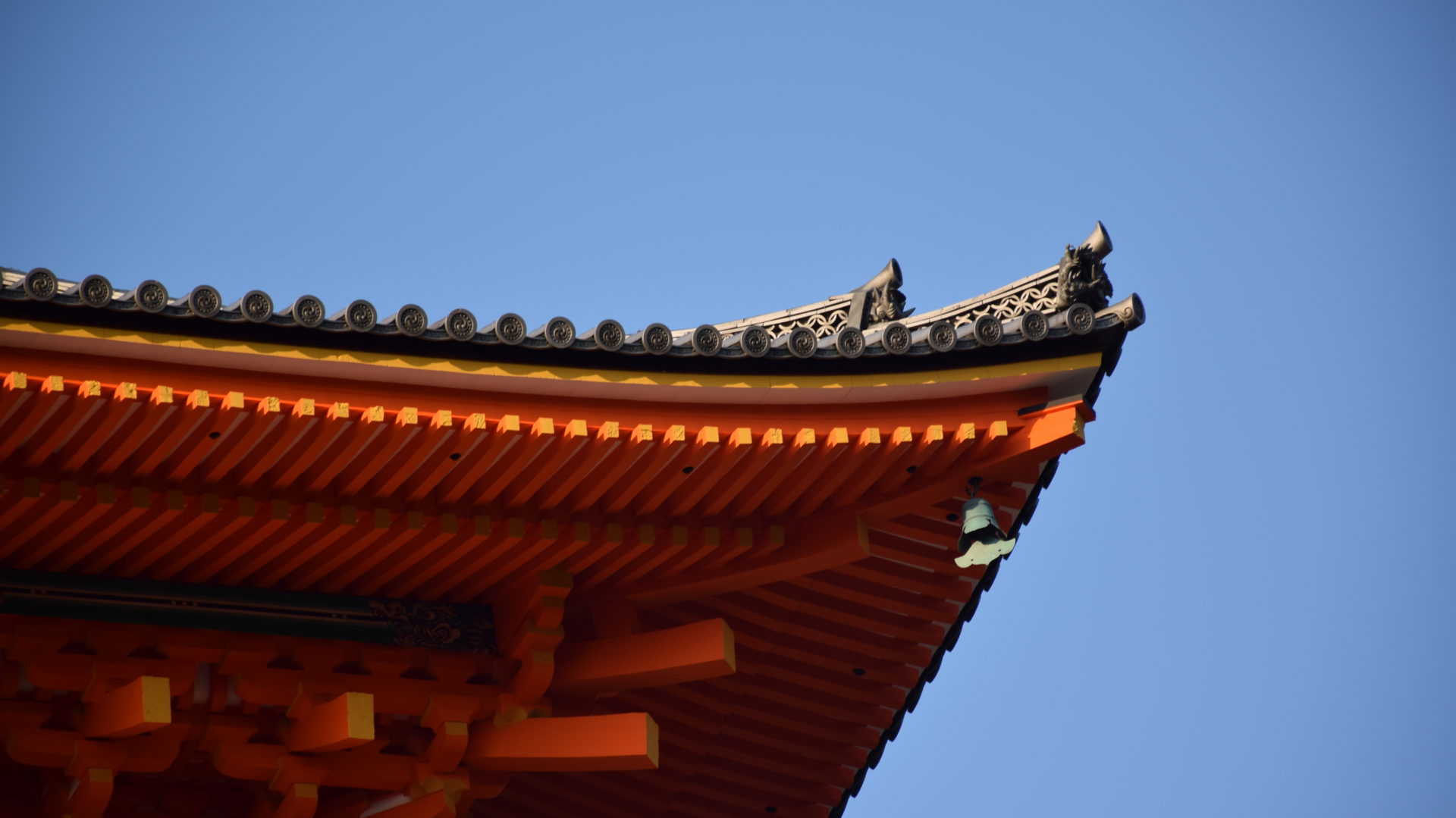Fukuoka
Posted onOften I am asked what my favorite place I have visited is. Almost always without hesitation I say, Fukuoka.

I first visited Fukuoka on my way to Busan, South Korea. I spent a night there as a part of a transfer, but instantly I felt its warmth and character. I returned on a six day trip around Kyushu, visiting one prefecture per day. Fukuoka was my first stop.
After about a five-hour Shinkansen journey from Tokyo I arrive in Fukuoka at about mid-day. First order of business, find the local specialty or “meibutsu“.
The meibutsu of Fukuoka is Hakata style ramen.


Hakata ramen is a style of ramen famous in Fukuoka, Hakata being an alternate name for the Fukuoka area. You can, of course, find Hakata ramen outside of Fukuoka, but as with all meibutsu in Japan or otherwise the best is in the region it originates and anything outside of it just doesn’t compare.
Hakata ramen is famous for tonkotsu (pork bone) broth and thin noodles that you can order to the al dente level of your liking from harigane (boiled for about 15 secs) to katame (~30 secs), normal (~60 secs), to yawarakame (~100 secs). And for those who really like some bite to their noodle kona-otoshi has become popular which is about a five-second dip in boiling water before being served. I would say katame is a good introduction for those new to Hakata ramen.
If you find yourself finishing the noodles but still have soup left, no worries, just ask for “kaedama” which is like a refill on noodles. You can again specify it to your liking and they bring your second (third, fourth, fifth..) helping of noodles on a plate for you to slide into the remaining soup. You have to get at least one kaedama to do Hakata ramen right.
This ramen shop I went to is called Hakata Ikkousha, which is a couple of minutes outside of Hakata Station. But you also can’t go wrong with Shin Shin or Ichiran. Even the legendary Ippudo originated from Fukuoka. And again you can find some of these shops outside of Fukuoka, but it won’t be the same. Tonkotsu broth has a tendency to be salty and heavy, but in Fukuoka, somehow it is light and smooth.
After a couple of kaedama and a plate of mini-gyoza I head in the direction of the Nakasu and Tenjin on foot.

Fukuoka is not only very walkable there is a lot to see along the way. It is a seaside city on the northernmost part of Kyushu. Canals run through the city giving it a unique charm and a nice place to take a break. Parks, shopping areas, street food line the sides of the canals throughout the city.
I make my way towards Tenjin, and come to the ACROS Prefectural International Hall which is a combination of modern architecture and nature. I hiked up the outside of this artificial mountain to get a better view of the city.


From the Tenjin area I hopped on a bus to go to Fukuoka Tower (first picture of this post) and spent some time at the Momochihama seaside area. Locals stopped and said hello, asked where I was from as I hung out by the beach. This is one of my favorite parts of Fukuoka, as modern as it is, as absolutely delicious as the food is, as beautiful as it is, it’s the people there that make this place truly special. They go out of their way to be friendly here, they ask you if you need help getting where you are going, if you get caught looking at someone they will likely respond with a smile.
This aspect is what I will explore next in the second part of my trip here, Fukuoka at Night, where I will eat motsu-nabe, hang out with street musicians and experience the yatai (street stalls) of Nakasu.




